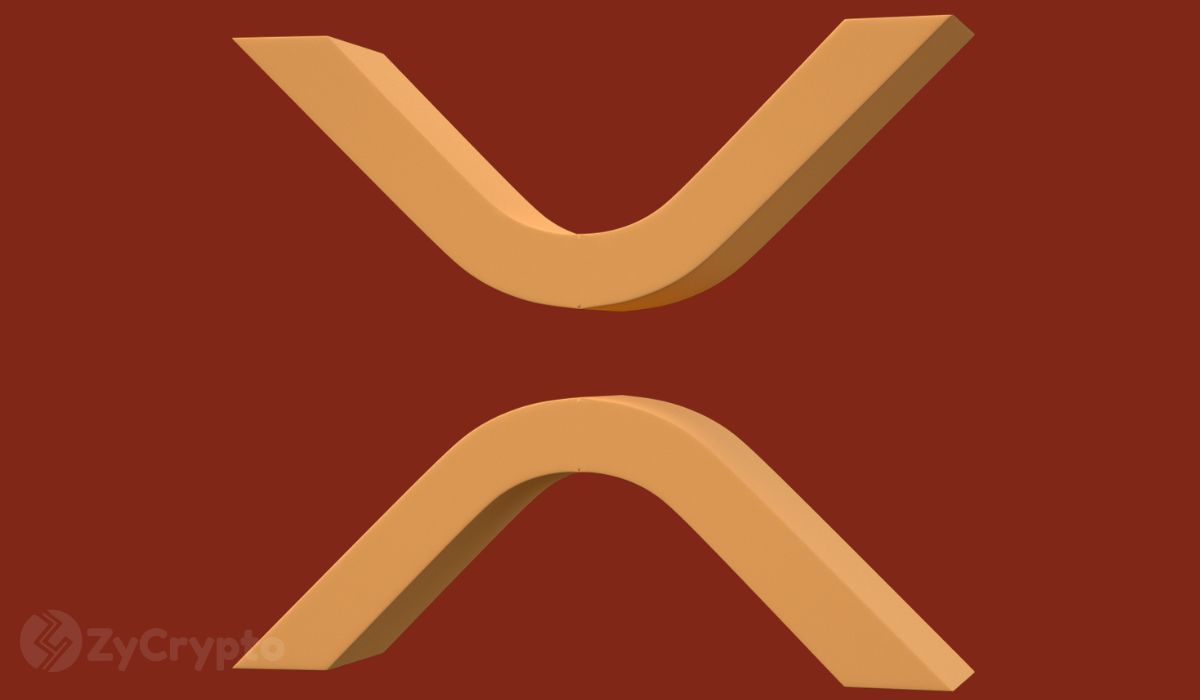
 
 
Renowned analyst Ali Martinez notes XRP’s strong bullish resilience as it holds the key $2.78 support. With selling pressure absorbed, XRP may be gearing up for a surge toward $3.00–$3.15.

Martinez acknowledges that the $2.78–$2.82 range has proven a strong support for XRP, with buyers consistently stepping in to prevent deeper declines. Historically, such solid support zones often precede sharp rallies, signaling a potential bullish breakout.
Notably, if XRP breaks the $2.94–$3.00 resistance, momentum could drive a rally toward $3.15, a key target aligned with liquidity zones and psychological levels, ideal for short-term traders.
Therefore, XRP may be eyeing its next leg up, with its current price at $2.90, according to CoinMarketCap data.
XRP vs. Chainlink: Matt Hamilton Responds to Debate Over Value Comparison
A heated debate erupted on X, formerly Twitter, after former Coinroutes Chairman Dave Weisberger questioned why XRP’s market cap exceeds Chainlink’s (LINK) by over tenfold, despite LINK’s rising role in DeFi and oracle services.
 
His remarks reignited discussions across the crypto community on digital asset valuation.
Former Ripple Director Matt Hamilton dismissed direct comparisons between the two assets as ‘meaningless,’ emphasizing that while both hold key roles in blockchain, their structures and purposes are fundamentally different.
“Link is a protocol,” Hamilton explained. “XRP Ledger is the network, XRP its native asset. Link is merely the token operating within its protocol.”
He emphasized the key distinction that XRP is the native asset of the XRP Ledger, a decentralized blockchain enabling fast, low-cost global transactions.
XRP powers the network, facilitating settlements, cross-border payments, and decentralized applications directly on the ledger.
On the other hand, Chainlink plays a specialized yet crucial role in blockchain. Its protocol, a decentralized oracle network, feeds real-world data to smart contracts across blockchains.
LINK tokens incentivize node operators, powering the protocol, but unlike XRP, they don’t underpin an entire ledger.
Meanwhile, Ripple CTO David Schwartz, a key architect of the XRP Ledger, announced on X that he will step back from day-to-day duties after 13 years at the company.